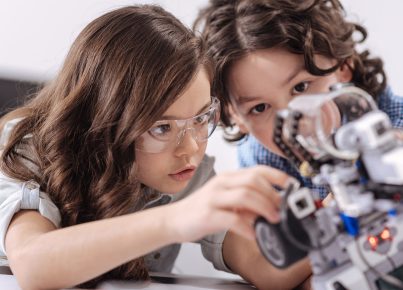In our rapidly evolving world, the ability to think critically and creatively is more important than ever before. Traditional education often prioritizes the memorization of information and mastery of basic skills. However, to prepare students for the challenges of the 21st century, education systems must emphasize higher-order thinking skills (HOTS). These skills, which include analysis, evaluation, synthesis, and creation, enable learners to go beyond surface understanding and apply knowledge in complex and unfamiliar situations.
One of the primary reasons HOTS are so crucial is that they equip students with the ability to solve real-world problems. The abilities to analyze information critically, evaluate different perspectives, synthesize new ideas from existing knowledge, and create innovative solutions are essential in almost every field. As automation and artificial intelligence take over routine tasks, human cognitive capacities that cannot be easily replicated by machines become increasingly valuable.
Moreover, teaching higher-order thinking promotes lifelong learning. When students learn how to learn, they become more adaptable and self-directed in their education. This adaptability is vital in a world where individuals will likely change careers multiple times over their working lives and where continuous learning becomes necessary for professional success.
Incorporating HOTS into the curriculum also has implications for equity. It levels the playing field by giving all students opportunities to develop these essential skills, which can help them thrive irrespective of their background or learning style. Educators have a responsibility to ensure that all learners have access to educational experiences that cultivate high-order thinking.
The process of teaching higher-order thinking requires a shift from traditional teaching methods. It involves promoting inquiry-based learning, encouraging open-ended questioning, and providing opportunities for students to engage in collaborative problem-solving activities. Furthermore, assessment practices need to evolve beyond simple recall tests towards evaluating students’ abilities to apply their knowledge in novel contexts.
In summary, HOTS are not merely educational buzzwords; they represent a fundamental shift toward preparing our youth for a future where adaptive problem-solving and creative innovation are paramount. As educators and policymakers focus on building these competencies within our educational systems, we can hope to nurture a generation well-equipped to face tomorrow’s challenges with agility and confidence.





